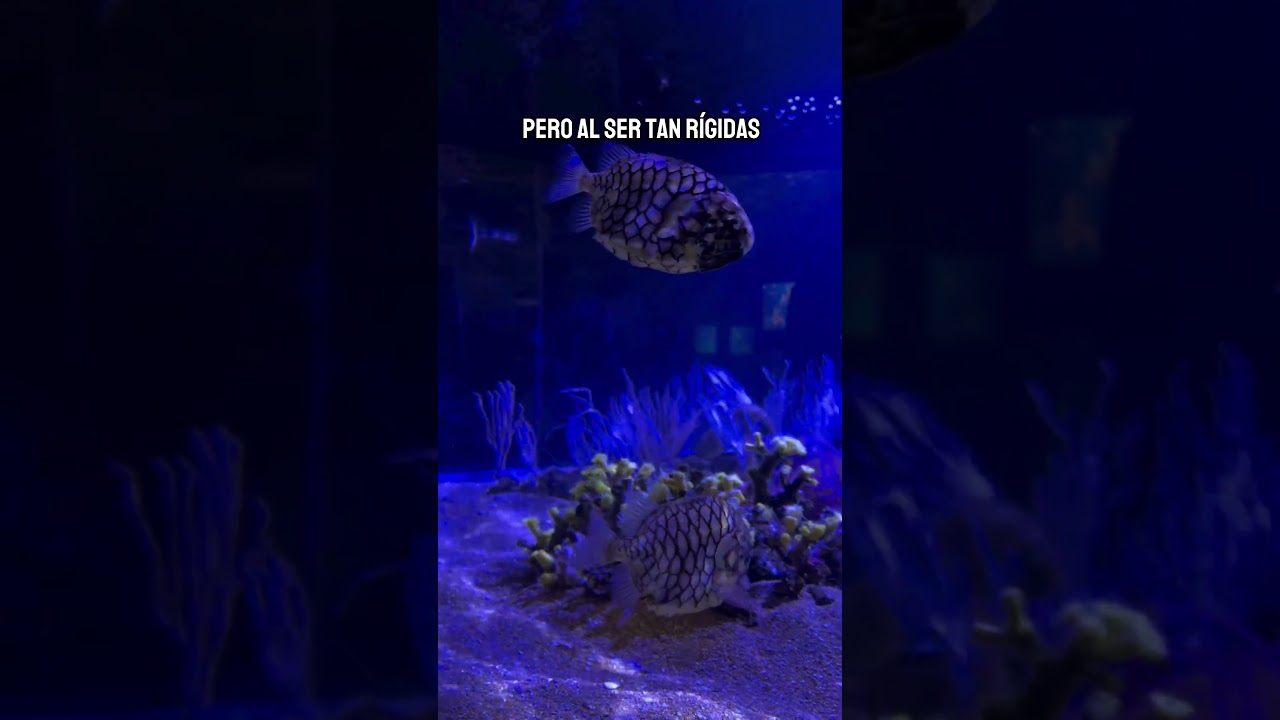– The scientific classification and habitat of El pez Piña
– The anatomical features that make El pez Piña resemble a tropical fruit
– The ecological role and conservation status of El pez Piña
– The challenges in zoo management and wildlife conservation involving El pez Piña
– Strategies for public engagement and education on the importance of El pez Piña conservation
El pez Piña, or the Pineapple Fish, presents an intriguing subject for zoological study and environmental conservation. This species, with its distinctive tropical fruit-like appearance, belongs to the family Monocentridae and is primarily found in the warm oceanic waters of the Indo-Pacific region. The scientific interest in this fish extends beyond its unique visual appeal to a broader understanding of its ecological role within marine ecosystems and its challenges due to environmental changes.
The classification of El pez Piña places it within a small, specialized group of fish known for their bony armor and lantern-like light organs. These anatomical features contribute to the fish’s distinctive pineapple-like appearance and play critical roles in its survival strategies. The light organs near the fish’s jaw emit a soft glow, which aids in communication and in attracting prey during nocturnal feeding. This symbiotic relationship with bioluminescent bacteria highlights a fascinating aspect of marine biology and the complex interactions within ocean ecosystems.
The anatomy of El pez Piña is a marvel of natural design. Its body, covered in large, hexagonal plate-like scales resembling a pineapple’s rough exterior, reflects a remarkable adaptation to its environment. This armor protects predators, while the fish’s coloration offers camouflage among the coral reefs and sea floor where it resides. In addition to its distinctive scales, the muscular structure and fin placement of El pez Piña are optimized for slow, precise movements, allowing it to navigate the complex terrain of its habitat effectively.
Conservation efforts for El Pez Piña face numerous challenges, prominent among them habitat degradation, pollution, and the impacts of climate change on marine biodiversity. These factors threaten the survival of the Pineapple Fish and the intricate balance of reef ecosystems. Thus, understanding the conservation status of El Pez Piña is essential for developing effective strategies to protect this species and its environment. Efforts to monitor populations and habitat restoration initiatives are critical components of conservation work.
In zoos and aquariums, the management of El pez Piña presents unique opportunities and challenges. Creating an environment that closely mimics the natural habitat of these fish is essential for their well-being and survival in captivity. This involves carefully regulating water quality, temperature, and light and providing ample space and structures for hiding and feeding. Furthermore, these settings play a vital role in public education and engagement, offering visitors a glimpse into marine biodiversity’s fascinating world and conservation efforts’ importance.
Public engagement and education are paramount in fostering a deeper appreciation for El pez Piña’s ecological significance and the urgent need for conservation. Through educational programs, interactive exhibits, and media, aquaria and conservation organizations can highlight this species’ fascinating biology, its role in marine ecosystems, and the threats it faces. These initiatives can mobilize public support for conservation efforts by raising awareness and sparking interest, emphasizing the interconnectedness of humans and the natural world.
El pez Piña embodies the beauty and complexity of marine life, symbolizing the fragility of ocean ecosystems and the pressing need to protect them. Through scientific research, effective zoo management, and dynamic public engagement, progress can be made in conserving this extraordinary species and its habitat for future generations. The journey toward understanding and protecting El pez Piña accentuates the broader mission of wildlife conservation: ensuring the persistence of biodiversity on our planet.
*****
Source Description
Conoce lo peculiar de sus escamas, ¡no son una simple decoración!
Y tú, ¿conocías a esta especie? ☺️
#Oceanogràfic #OceanogràficValencia #Valencia #PezPiña #Pez #Aquarium #Acuario #Conservación


